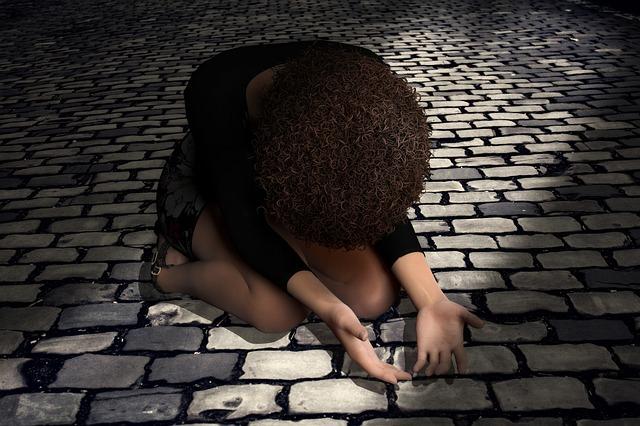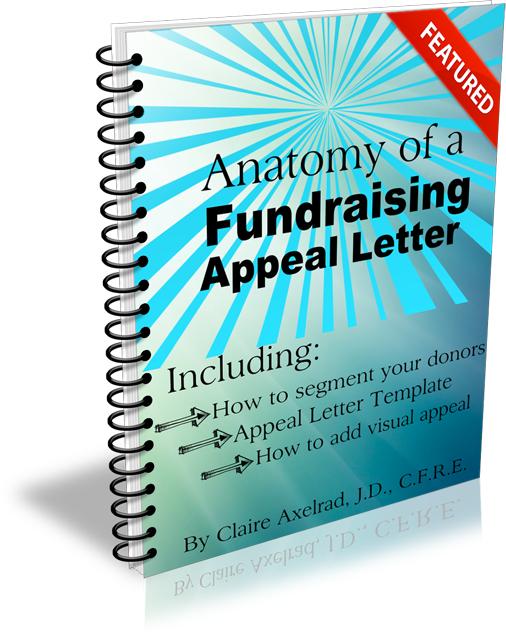Your Nonprofit Appeal Response Device, Like Cheese, Stands Alone
 Remember the children’s ditty The Farmer in the Dell?
Remember the children’s ditty The Farmer in the Dell?
At the end, when all is said and done, what happens to the cheese?
It STANDS ALONE.
Your fundraising appeal response device, whether a reply card or donation landing page, is very much like this proverbial cheese.
In fact, it may be the most important element of your fundraising package.
Do you treat it with respect?
Or do you focus the lion’s share of your time on crafting, reworking and editing your appeal copy? Then thinking about your letter and package design? And then waiting until the very last minute to think about your response device, treating it like a nuisance or unimportant chore?
Way too often I see folks spend endless hours crafting their appeal, only to fly by the seat of their pants when it comes to the response devise. This is a huge mistake.
Details





 The inimitable Seth Godin recently posted some wisdom I want to share, because it applies directly to how you must ‘sell’ your nonprofit if you hope to inspire folks to join with you to solve the problems you address.
The inimitable Seth Godin recently posted some wisdom I want to share, because it applies directly to how you must ‘sell’ your nonprofit if you hope to inspire folks to join with you to solve the problems you address.




